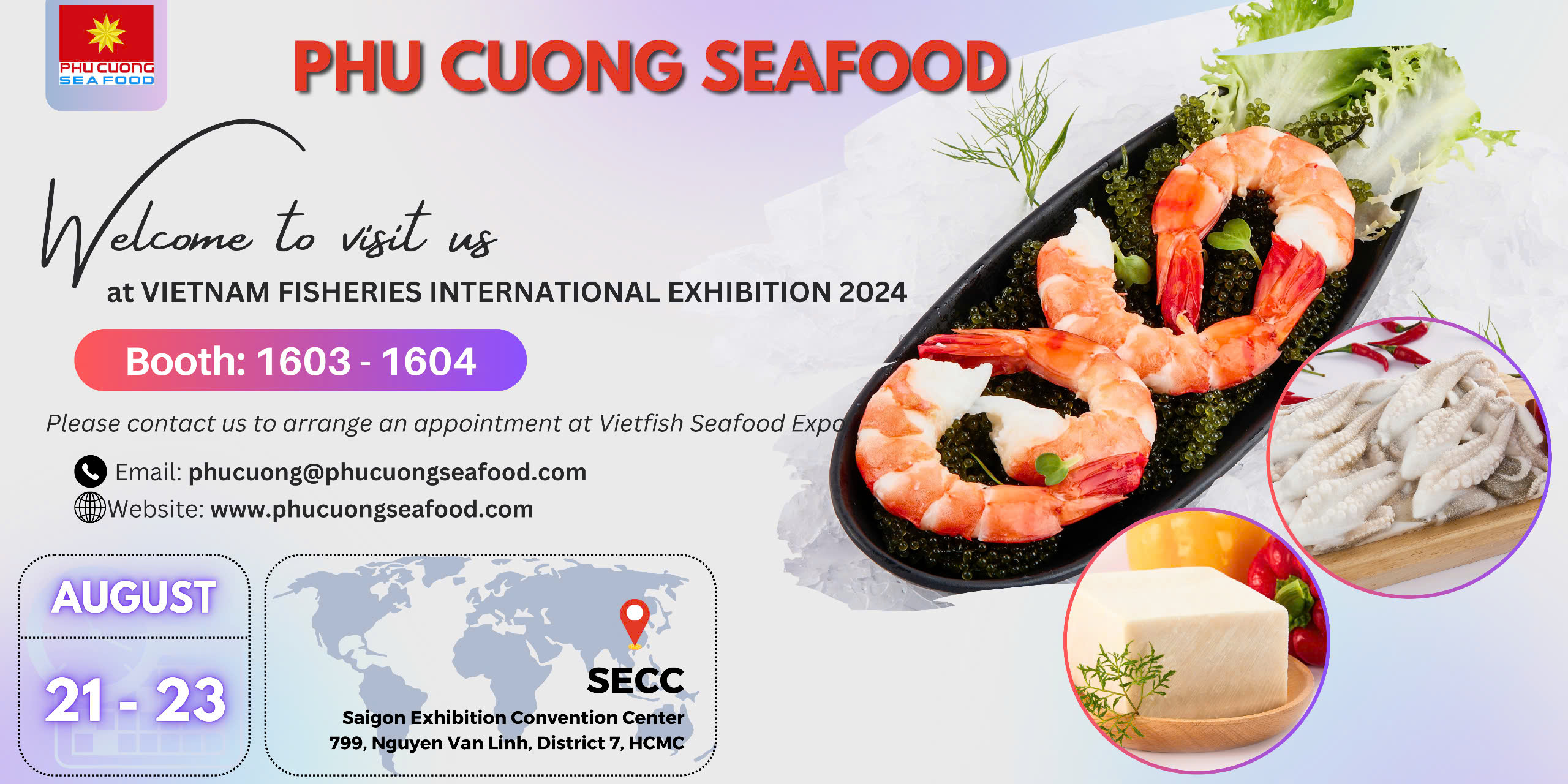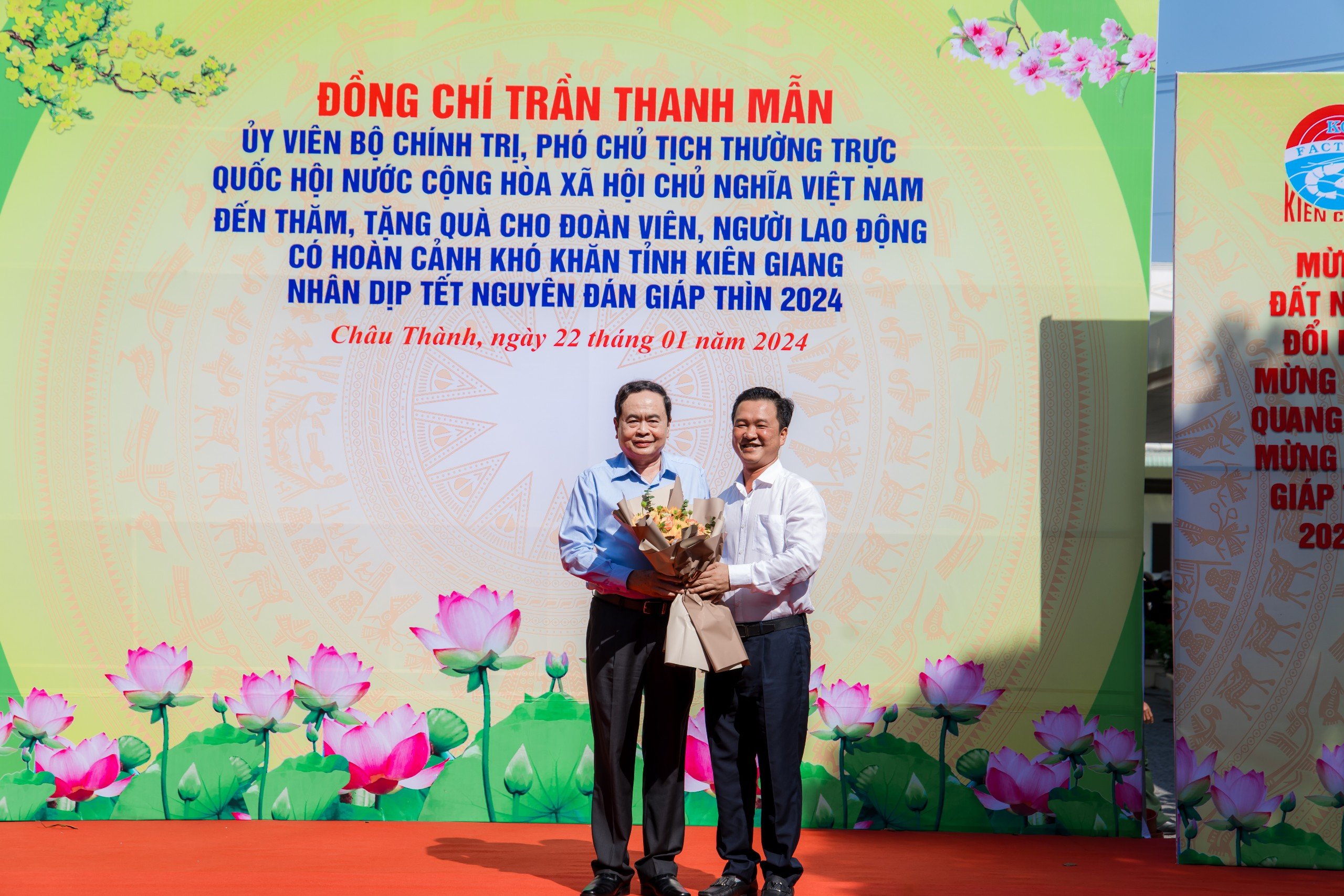
Harvesting shrimp in Soc Trang province. Photo: Trung Chanh
The above content was raised at the seminar “Removing difficulties for Vietnamese seafood to rise to the top of the world” organized by the Ministry of Agriculture and Rural Development in collaboration with the newspaper “Tuoi Tre” and the People’s Committee of Soc Trang province this afternoon. 12-10, in this locality.
At the seminar, Mr. Truong Dinh Hoe, General Secretary of the Vietnam Association of Seafood Exporters and Producers (VASEP), said that in the first eight months of this year, Vietnam’s seafood exports reached US$7.7 billion, up 38% over the same period last year. In which, shrimp exports reached 3 billion USD, pangasius reached 1.8 billion USD, the rest was other seafood. “So, we can clearly see that 70% of seafood exports come from the aquaculture area,” emphasized Mr. Hoe.
However, coming to today’s event, Mr. Hoe said he wanted to emphasize the case of the shrimp industry to suggest to help Vietnam’s seafood industry rise to the top of the world in the coming time.
According to him, of the total shrimp export turnover of 3 billion USD in the first 8 months of this year, whiteleg shrimp accounted for about 75%, black tiger shrimp decreased to 13.7% (it will be 16% in 2021) and the other types of shrimp reached 11% (in 2021 it will be 9%). “Our shrimp export plan this year is 4.3 billion USD and is expected to reach 6 billion USD in 2025,” he said.
Meanwhile, when looking at the farming area, according to Mr. Hoe, in 2021, the whole country will have about 600,000 hectares of black tiger shrimp farming and about 150,000 hectares of vannamei shrimp farming. However, the production of black tiger shrimp contributed only about 250,000 tons, while vannamei shrimp contributed about 700,000 tons.
When looking at the correlation of export turnover and farming area, it is clear that vannamei shrimp farming area is only 25% of the area of black tiger shrimp. However, the export turnover of whiteleg shrimp is 5.5 times higher than that of black tiger shrimp (the export turnover of vannamei shrimp in the first eight months of 2022 reached US$2.25 billion, while black tiger shrimp only reached 411 million USD-PV).
When looking at competitors, Mr. Hoe said that last year Ecuador had only 330,000 hectares of whiteleg shrimp farming area, but achieved export sales of 5 billion US dollars. “For India, there are more than 186,000 hectares of whiteleg shrimp farming, but last year they also achieved export sales of US$5 billion,” added Mr. Hoe.
Even, according to Mr. Hoe, when looking at the localities of the Mekong Delta, there are also differences, in which, vannamei makes a very important contribution to the local shrimp export turnover.
Specifically, Ca Mau has 268,750 hectares of tiger shrimp farming area, while Soc Trang has only 28,000 hectares, ie Soc Trang is only about 1/10 of Ca Mau. However, the export turnover of the two localities is similar, about 800 million USD. “This result is mainly contributed by vannamei shrimp, not black tiger shrimp,” he said.
From the above issue, VASEP’s leaders said that the allocation of farming area for black tiger shrimp and vannamei shrimp should be calculated in the planning to have a basis to ensure that it meets the requirements of the market. current school.

Harvesting shrimp in Soc Trang province. Photo: Trung Chanh
Another problem noted by Mr. Hoe is that the area of vannamei shrimp farming on farm scale only accounts for about 15,000 hectares, which is only about 10% of Vietnam’s vannamei farming area. 150,000 hectares), in other words, about 90% of the area is farmed.
Meanwhile, Mr. Hoe said that Ecuador’s largest shrimp export company with 8,000 hectares of whiteleg shrimp farming area has contributed to the country’s export turnover of up to 1 billion USD. “This shows that the farm is also something we need to think about,” he said.
According to Mr. Hoe, Ecuador offers very impressive numbers, that is, farmed shrimp gain weight up to 2.4 grams/week, which means they need only 9 weeks to raise a shrimp crop. “Even now, they have a goal of increasing this rate to 4 grams/week,” he said, adding that Ecuador’s number can only be achieved on a farm scale.
From the issues mentioned above, in the upcoming planning strategy, Mr. Hoe suggested, first, it is important to increase the farming area on farm scale in order to create a stable and proactive source of goods. in terms of quality, especially with good competitive price to create “leverage” for the shrimp industry to develop.
Secondly, it is necessary to rationally convert the farming area of black tiger shrimp to vannamei shrimp, because the world has a demand for vannamei and the farming technology has also met it.
Third, in the planning strategy, it is necessary to study to plan shrimp farming areas such as wild shrimp and rice shrimp, which must be accompanied by sustainability certification, showing the specificity of the farming area. “We hope that the Ministry of Agriculture and Rural Development will ask the ASC certification organization to come up with specific standards for Vietnam’s rice-shrimp and rice areas,” he said, adding that this is a unique model, bringing a unique model. factors that create a different source of products compared to other industrial farming products.
Previously, speaking online at this conference, Mr. Le Minh Hoan, Minister of Agriculture and Rural Development, said that besides the advantages and potentials, Vietnam’s seafood industry is facing many challenges. challenge. “Our fisheries, fishing and aquaculture industries are facing huge challenges from climate change, market fluctuations and changes in world consumption trends,” he said.
According to Mr. Hoan, it is necessary to restructure the fisheries industry in general in the direction of reducing and standardizing fishing, marine exploitation processes and increasing aquaculture. “This is where we are going,” he said.
He said that the policy sounds simple, but when put into practice it is always complicated, because not strictly implementing it will cause instability in the implementation process.
According to him, marine resources are large, but not inexhaustible, so between a finite resource and an ever-increasing demand, in order for planning not to overlap, compete, create instability, requires cooperation and linkage between industry entities.
Therefore, Mr. Hoan expects agencies, units and experts to contribute objective opinions to have the right orientation, create new development space and value for Vietnam’s seafood industry.
Bao Ngoc (According to Saigon Economy)


